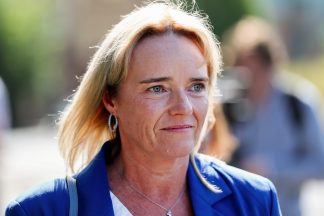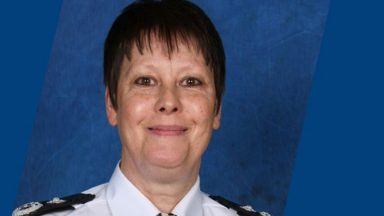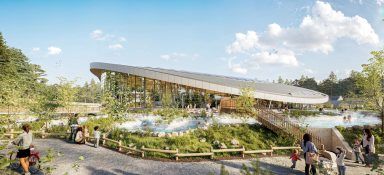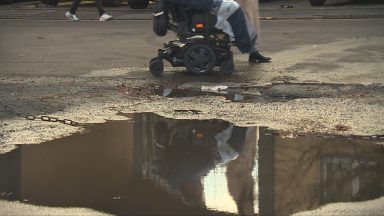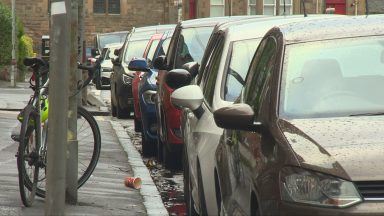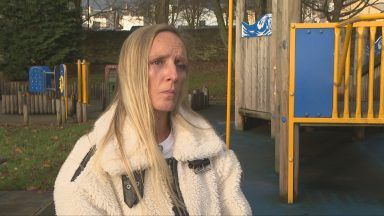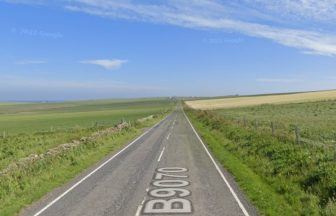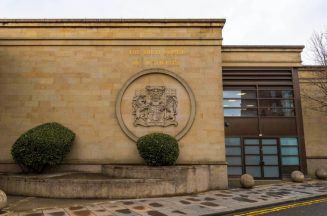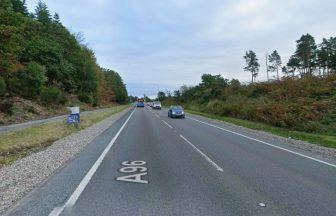Orkney councillors have approved the design and build process for three new inter-isles ferries.
The construction of new inter-islands ferries for Orkney took a step forward on Thursday as local councillors approved initial designs for three new vessels.
Council officials have been given the go-ahead to begin the process of developing final designs and finding someone to build three vessels to replace the current ro-ro vessels on the Eday, Sanday, Stronsay, and Westray routes.
These vessels would be the first built under the council’s ferry replacement programme.
Councillors gave the green light to move forward at a meeting of the Development & Infrastructure Committee today.
It was described as a “historic moment” by the council leader, Heather Woodbridge.
An option of an identical fourth ferry for Orkney’s south islands was also featured in the recommendations to councillors today.
But those will only be progressed only if the designs prove suitable.
The new vessels would replace the aging vessels within the council’s current ferry fleet, most of which are over 30 years old.
In the report discussed by councillors today, it is stated that the current fleet is “no longer fit for purpose”, due to their age, lack of accessibility, and non-compliant living quarters for crew.
There are also increasing difficulties in keeping them running as replacement parts are “challenging” to find and refit costs are increasing.
As such, the council has pressed ahead with a ferry replacement programme after confirmation of extra funding from the Scottish Government.
Consultant Knud E Hansen was appointed last December to bring together designs for new boats for Orkney’s outer north isles.
Tests and consultation for these designs have been carried out over the last few months.
However, there are questions about where future funding will come from.
According to the report, funding discussions between the council and the Scottish Government are still “ongoing”, in terms of moving the ferry replacement plan forward from this point.
A “letter of comfort” will be needed before a tender can be given to a specific shipyard.
Around a year ago, the council was able to push forward with its plans for new ferries thanks to £3m in extra funding from the Scottish Government.
However, the full cost of the ferry replacement programme has been put at £800m.
All in all, the council’s ferry replacement programme will span over 10 years.
The replacement of the ro-ro ferries for Eday, Sanday, Stronsay and Westray and potentially the MV Hoy Head operating in the South Isles, is only phase 1.
Today marks further progress in a decades-long standoff between the council and the Scottish Government over the need for new internal ferries in Orkney and how they should be funded.
Councillors welcomed the step forward with many tributes paid, particularly to council officers and the council leader.
North Isles councillor Steven Clackson said it was “So good to see where we’re getting with this”.
“If we progress this to actually getting these ferries it’s a significant step towards moving our ferries into the 21st century.”
Council leader Woodbridge said council officers had worked diligently and tirelessly” to get to this stage.
She also said she was “immeasurably” grateful to Orkney’s 20 other councillors for their support.
She said: “This is a historic moment and one we’ve been working towards for some time.
“This is only possible with the constructive dialogue and excellent working relationship we have with the Scottish Government through the ferries taskforce.”
She said communities are “finally seeing the shape of what an improved and reliable lifeline service would look like”.
North Isles councillor and Orkney Ferries chair, Mellissa Thomson also offered thanks.
She said: “It’s a very important thing we’re doing here.
“It’s absolutely vital for the sustainability of the isles whether that’s fishing, farming or even tourism.
“Phase 2 is hot on the heels of this and it already under way. It will take in the infrastructure needs and ferry design needs for the other isles.”
She also said the progress the council has made on getting new ferries “feels so different this time”.
In comparison to the current ferries, the new vessels would have more seats, better freight capacity, would be faster, and be able to carry more cars.
For the new vessel designs, seating capacity is 190, car capacity is 34, and they would be able to carry up to 10 heavy goods vehicles (HGVs).
This is compared to the MV Varagen which has 142 seats, room for 26 cars, and 2 HGVs.
The new boats would also have much better accessibility.
Among the improvements, all key services on the main deck and there will be a lift between the car deck and main deck.
Follow STV News on WhatsApp
Scan the QR code on your mobile device for all the latest news from around the country


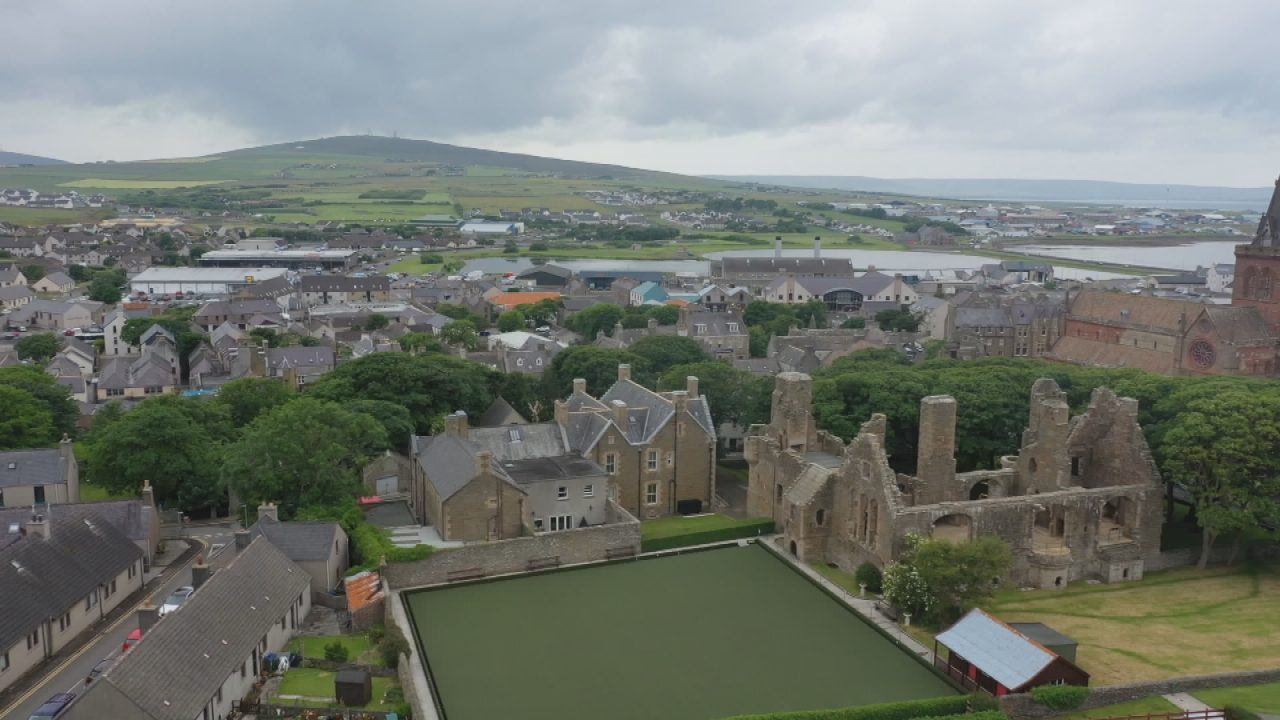 STV News
STV News

